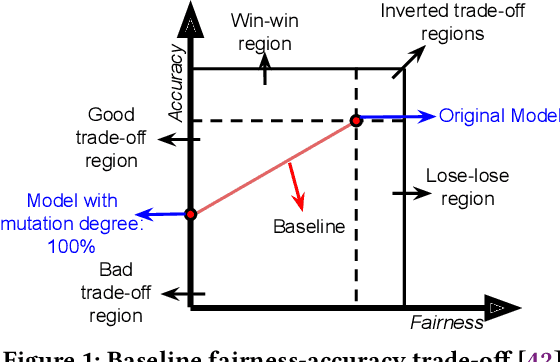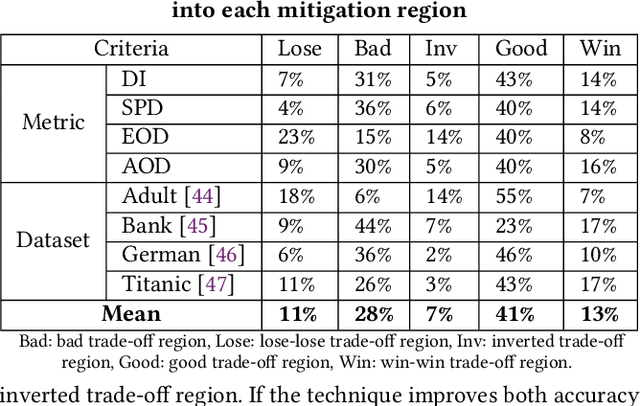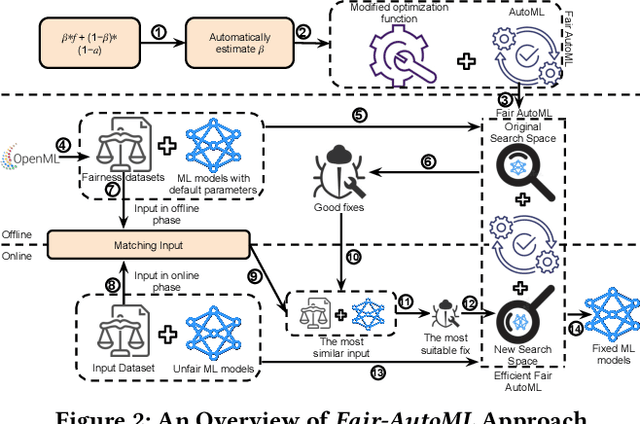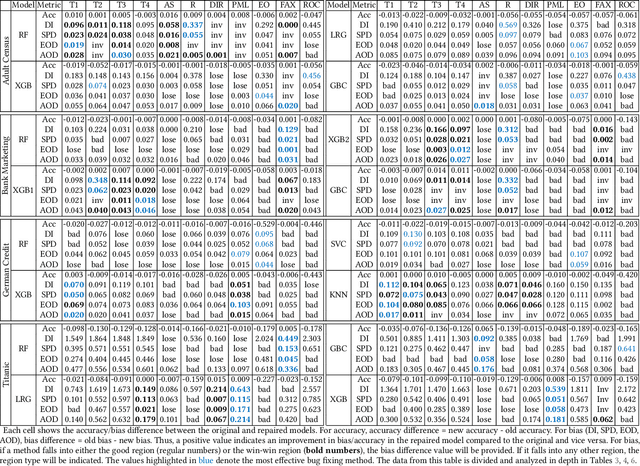Giang Nguyen
Digital Twin Generation from Visual Data: A Survey
Apr 17, 2025Abstract:This survey explores recent developments in generating digital twins from videos. Such digital twins can be used for robotics application, media content creation, or design and construction works. We analyze various approaches, including 3D Gaussian Splatting, generative in-painting, semantic segmentation, and foundation models highlighting their advantages and limitations. Additionally, we discuss challenges such as occlusions, lighting variations, and scalability, as well as potential future research directions. This survey aims to provide a comprehensive overview of state-of-the-art methodologies and their implications for real-world applications. Awesome list: https://github.com/ndrwmlnk/awesome-digital-twins
GPU-Accelerated Motion Planning of an Underactuated Forestry Crane in Cluttered Environments
Mar 18, 2025Abstract:Autonomous large-scale machine operations require fast, efficient, and collision-free motion planning while addressing unique challenges such as hydraulic actuation limits and underactuated joint dynamics. This paper presents a novel two-step motion planning framework designed for an underactuated forestry crane. The first step employs GPU-accelerated stochastic optimization to rapidly compute a globally shortest collision-free path. The second step refines this path into a dynamically feasible trajectory using a trajectory optimizer that ensures compliance with system dynamics and actuation constraints. The proposed approach is benchmarked against conventional techniques, including RRT-based methods and purely optimization-based approaches. Simulation results demonstrate substantial improvements in computation speed and motion feasibility, making this method highly suitable for complex crane systems.
Crowdsource, Crawl, or Generate? Creating SEA-VL, a Multicultural Vision-Language Dataset for Southeast Asia
Mar 10, 2025Abstract:Southeast Asia (SEA) is a region of extraordinary linguistic and cultural diversity, yet it remains significantly underrepresented in vision-language (VL) research. This often results in artificial intelligence (AI) models that fail to capture SEA cultural nuances. To fill this gap, we present SEA-VL, an open-source initiative dedicated to developing high-quality, culturally relevant data for SEA languages. By involving contributors from SEA countries, SEA-VL aims to ensure better cultural relevance and diversity, fostering greater inclusivity of underrepresented languages in VL research. Beyond crowdsourcing, our initiative goes one step further in the exploration of the automatic collection of culturally relevant images through crawling and image generation. First, we find that image crawling achieves approximately ~85% cultural relevance while being more cost- and time-efficient than crowdsourcing. Second, despite the substantial progress in generative vision models, synthetic images remain unreliable in accurately reflecting SEA cultures. The generated images often fail to reflect the nuanced traditions and cultural contexts of the region. Collectively, we gather 1.28M SEA culturally-relevant images, more than 50 times larger than other existing datasets. Through SEA-VL, we aim to bridge the representation gap in SEA, fostering the development of more inclusive AI systems that authentically represent diverse cultures across SEA.
Allowing humans to interactively guide machines where to look does not always improve human-AI team's classification accuracy
Apr 14, 2024Abstract:Via thousands of papers in Explainable AI (XAI), attention maps \cite{vaswani2017attention} and feature attribution maps \cite{bansal2020sam} have been established as a common means for finding how important each input feature is to an AI's decisions. It is an interesting, unexplored question whether allowing users to edit the feature importance at test time would improve a human-AI team's accuracy on downstream tasks. In this paper, we address this question by leveraging CHM-Corr, a state-of-the-art, ante-hoc explainable classifier \cite{taesiri2022visual} that first predicts patch-wise correspondences between the input and training-set images, and then base on them to make classification decisions. We build CHM-Corr++, an interactive interface for CHM-Corr, enabling users to edit the feature attribution map provided by CHM-Corr and observe updated model decisions. Via CHM-Corr++, users can gain insights into if, when, and how the model changes its outputs, improving their understanding beyond static explanations. However, our user study with 18 users who performed 1,400 decisions finds no statistical significance that our interactive approach improves user accuracy on CUB-200 bird image classification over static explanations. This challenges the hypothesis that interactivity can boost human-AI team accuracy~\cite{sokol2020one,sun2022exploring,shen2024towards,singh2024rethinking,mindlin2024beyond,lakkaraju2022rethinking,cheng2019explaining,liu2021understanding} and raises needs for future research. We open-source CHM-Corr++, an interactive tool for editing image classifier attention (see an interactive demo \href{http://137.184.82.109:7080/}{here}). % , and it lays the groundwork for future research to enable effective human-AI interaction in computer vision. We release code and data on \href{https://github.com/anguyen8/chm-corr-interactive}{github}.
Instance Segmentation under Occlusions via Location-aware Copy-Paste Data Augmentation
Oct 27, 2023Abstract:Occlusion is a long-standing problem in computer vision, particularly in instance segmentation. ACM MMSports 2023 DeepSportRadar has introduced a dataset that focuses on segmenting human subjects within a basketball context and a specialized evaluation metric for occlusion scenarios. Given the modest size of the dataset and the highly deformable nature of the objects to be segmented, this challenge demands the application of robust data augmentation techniques and wisely-chosen deep learning architectures. Our work (ranked 1st in the competition) first proposes a novel data augmentation technique, capable of generating more training samples with wider distribution. Then, we adopt a new architecture - Hybrid Task Cascade (HTC) framework with CBNetV2 as backbone and MaskIoU head to improve segmentation performance. Furthermore, we employ a Stochastic Weight Averaging (SWA) training strategy to improve the model's generalization. As a result, we achieve a remarkable occlusion score (OM) of 0.533 on the challenge dataset, securing the top-1 position on the leaderboard. Source code is available at this https://github.com/nguyendinhson-kaist/MMSports23-Seg-AutoID.
AdvisingNets: Learning to Distinguish Correct and Wrong Classifications via Nearest-Neighbor Explanations
Aug 25, 2023Abstract:Besides providing insights into how an image classifier makes its predictions, nearest-neighbor examples also help humans make more accurate decisions. Yet, leveraging this type of explanation to improve both human-AI team accuracy and classifier's accuracy remains an open question. In this paper, we aim to increase both types of accuracy by (1) comparing the input image with post-hoc, nearest-neighbor explanations using a novel network (AdvisingNet), and (2) employing a new reranking algorithm. Over different baseline models, our method consistently improves the image classification accuracy on CUB-200 and Cars-196 datasets. Interestingly, we also reach the state-of-the-art human-AI team accuracy on CUB-200 where both humans and an AdvisingNet make decisions on complementary subsets of images.
Fix Fairness, Don't Ruin Accuracy: Performance Aware Fairness Repair using AutoML
Jun 15, 2023



Abstract:Machine learning (ML) is increasingly being used in critical decision-making software, but incidents have raised questions about the fairness of ML predictions. To address this issue, new tools and methods are needed to mitigate bias in ML-based software. Previous studies have proposed bias mitigation algorithms that only work in specific situations and often result in a loss of accuracy. Our proposed solution is a novel approach that utilizes automated machine learning (AutoML) techniques to mitigate bias. Our approach includes two key innovations: a novel optimization function and a fairness-aware search space. By improving the default optimization function of AutoML and incorporating fairness objectives, we are able to mitigate bias with little to no loss of accuracy. Additionally, we propose a fairness-aware search space pruning method for AutoML to reduce computational cost and repair time. Our approach, built on the state-of-the-art Auto-Sklearn tool, is designed to reduce bias in real-world scenarios. In order to demonstrate the effectiveness of our approach, we evaluated our approach on four fairness problems and 16 different ML models, and our results show a significant improvement over the baseline and existing bias mitigation techniques. Our approach, Fair-AutoML, successfully repaired 60 out of 64 buggy cases, while existing bias mitigation techniques only repaired up to 44 out of 64 cases.
Zoom is what you need: An empirical study of the power of zoom and spatial biases in image classification
Apr 11, 2023Abstract:Image classifiers are information-discarding machines, by design. Yet, how these models discard information remains mysterious. We hypothesize that one way for image classifiers to reach high accuracy is to first zoom to the most discriminative region in the image and then extract features from there to predict image labels. We study six popular networks ranging from AlexNet to CLIP and find that proper framing of the input image can lead to the correct classification of 98.91% of ImageNet images. Furthermore, we explore the potential and limits of zoom transforms in image classification and uncover positional biases in various datasets, especially a strong center bias in two popular datasets: ImageNet-A and ObjectNet. Finally, leveraging our insights into the potential of zoom, we propose a state-of-the-art test-time augmentation (TTA) technique that improves classification accuracy by forcing models to explicitly perform zoom-in operations before making predictions. Our method is more interpretable, accurate, and faster than MEMO, a state-of-the-art TTA method. Additionally, we propose ImageNet-Hard, a new benchmark where zooming in alone often does not help state-of-the-art models better label images.
Semi-supervised Neural Machine Translation with Consistency Regularization for Low-Resource Languages
Apr 02, 2023Abstract:The advent of deep learning has led to a significant gain in machine translation. However, most of the studies required a large parallel dataset which is scarce and expensive to construct and even unavailable for some languages. This paper presents a simple yet effective method to tackle this problem for low-resource languages by augmenting high-quality sentence pairs and training NMT models in a semi-supervised manner. Specifically, our approach combines the cross-entropy loss for supervised learning with KL Divergence for unsupervised fashion given pseudo and augmented target sentences derived from the model. We also introduce a SentenceBERT-based filter to enhance the quality of augmenting data by retaining semantically similar sentence pairs. Experimental results show that our approach significantly improves NMT baselines, especially on low-resource datasets with 0.46--2.03 BLEU scores. We also demonstrate that using unsupervised training for augmented data is more efficient than reusing the ground-truth target sentences for supervised learning.
Overcoming Catastrophic Forgetting by XAI
Nov 25, 2022Abstract:Explaining the behaviors of deep neural networks, usually considered as black boxes, is critical especially when they are now being adopted over diverse aspects of human life. Taking the advantages of interpretable machine learning (interpretable ML), this work proposes a novel tool called Catastrophic Forgetting Dissector (or CFD) to explain catastrophic forgetting in continual learning settings. We also introduce a new method called Critical Freezing based on the observations of our tool. Experiments on ResNet articulate how catastrophic forgetting happens, particularly showing which components of this famous network are forgetting. Our new continual learning algorithm defeats various recent techniques by a significant margin, proving the capability of the investigation. Critical freezing not only attacks catastrophic forgetting but also exposes explainability.
 Add to Chrome
Add to Chrome Add to Firefox
Add to Firefox Add to Edge
Add to Edge